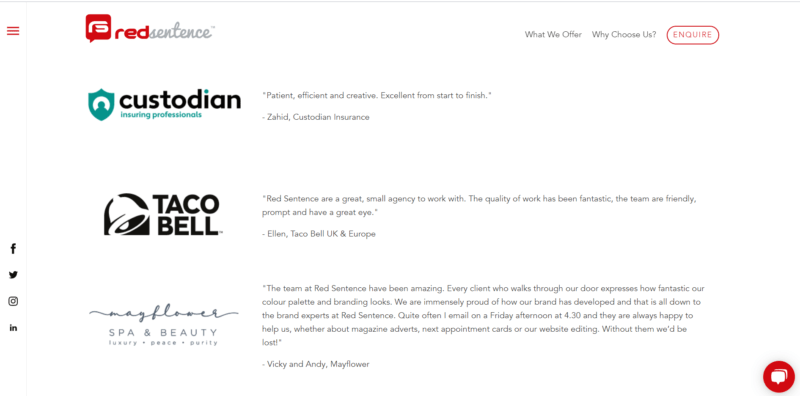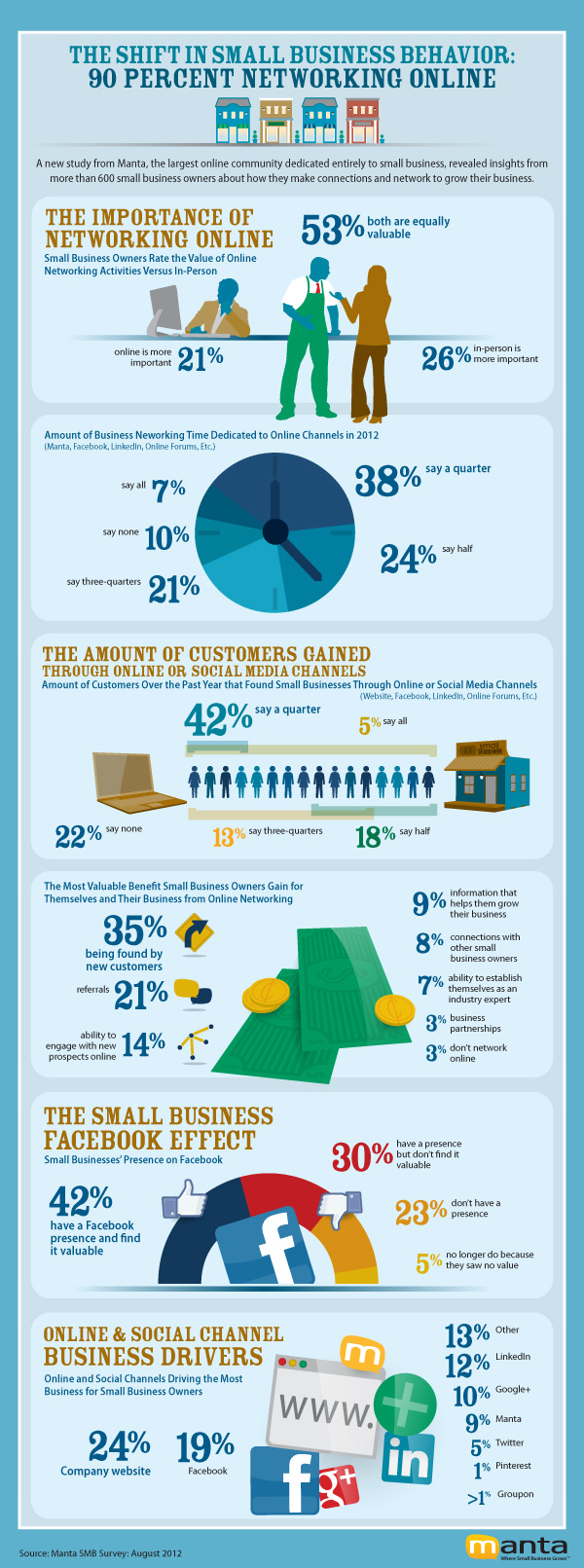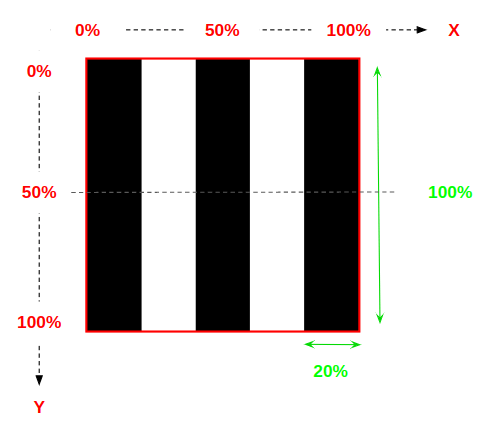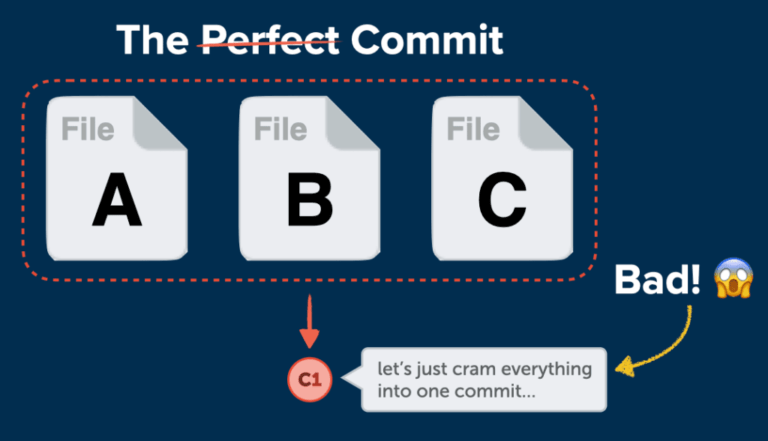Are you in the graphic design business and do you want to make it big in this industry? If so, you need to step up your game to survive in the marketplace and give your competitors a run for their money.
Creating a full marketing plan will be your key to success. With effective marketing, you can strike a chord with as many of your target customers as possible, boost your conversion rate, and grow your business significantly.
Do you know how to create a proper marketing plan for your graphic design business – or why you need one? Keep reading to find out.
Why Your Graphic Design Business Needs a Marketing Plan
Table of Contents
Before creating a marketing plan, you should know why you need it for your graphic design venture.
Here are some key reasons to focus on marketing:
- It builds customer interest in your brand.
- It communicates about your business and expands your audience.
- It showcase your skills and capabilities
- It forges a link between your brand and customers
- It increases conversions.
But without a robust strategy, you won’t be able to reap all those benefits. Now that you know why it’s important for your creative business to have a marketing plan, let’s learn how you can create one.
The Step by Step Guide to Creating a Marketing Plan
If you’re new to the graphic design industry and don’t know how to create a marketing plan, here are some basic steps you need to take to get your brand out there in the most effective way possible.
Choose Your Target Niche
The process of building your business is easier if you offer a variety of services to all kinds of clients. However, while being an all-round graphic designer is great, you’ll soon notice you tend to specialize more in certain types of jobs. You may also gravitate towards specific types of clients.
When you specialize in a particular facet of design, it saves you a significant time and effort. Instead of spreading yourself out too thinly, you can attract more customers in your niche and grow your business from there.
There are three factors you’ll need to consider when you choose a niche: your favorite kind of design work, your experience, and the kind of services your customers demand of you.
However, there is a downside to working in a specific niche. You might find yourself getting bored working on the same kind of thing or with the same kind of clients. You really need to think long and hard about the kind of work or clients that will allow you to explore your skills to the fullest and keep you interested for years.
Think back to your previous projects and think about which specializations helped you grow the most as a designer. If you’ve handled projects that you found too difficult, you have three choices: stop doing that type of design for now, hire someone to help you do it, or invest in the training, software, and equipment that will enable you to do it.
You also need to consider the kind of clients you’ll be working with. Do small business owners often approach you, or are you leaning towards accepting work from individuals? What kinds of projects do they typically ask you for?
Browsing through your portfolio will reveal a lot about your specialization. The moment you take a look at a previous project and recall having fun with it, it might be a sign that you need to gravitate more towards that niche or genre.
When you focus on what you’re really good at, your workflow will become smoother and your productivity will rise, with your income.
Create a Portfolio
What if you don’t have a collection of previous projects you can send to prospective clients? While getting a relevant degree, diploma, or certification will give you an edge when you apply for a graphic design job, you absolutely need to create a portfolio too.
Your portfolio should contain beautiful images and relevant elements that show off your skills. You don’t have to (in fact, you shouldn’t) include every project you’ve ever worked on. Instead, add only those accomplishments you are most proud of, and that align with the type of work you hope to land in the future.
Because you have only a few moments to impress potential clients, your portfolio should include only about 10 to 15 images that show your most significant capabilities. Focus on the type of work you enjoy doing so you stand the best chance of landing projects in that particular niche.
Your personality should shine through in your portfolio. A good work ethic combined with excellent essential project management skills will encourage clients to choose you over a designer who is equally skilled but hard to work with.
It sounds obvious, but you must also ensure your portfolio is error-free. Proofread any text to ensure that it doesn’t have spelling or grammatical errors. Even if your portfolio looks awesome, these little mistakes can leave a negative impression on prospective clients.
A printed, hardbound portfolio is great, but since most of your clients are likely to find you online, publishing it digitally is also essential. You can create a portfolio website with individual pages for each of your finished projects. You might also include a section where you list your qualifications and other relevant credentials, if you wish.
Establish Your Credibility
To get design work, you need to build trust among potential customers. They’ll only approach you if you seem trustworthy. A great website will help you flaunt your graphic design skills as well as allowing you to leave a positive impression on your target customers.
Add testimonials from satisfied customers to your website. This shows visitors that others vouch for the quality of your work. If you can add a well-known industry figure to your testimonials, your potential customers might just be impressed enough to hire you on the spot! Here’s an example of a strong testimonials page:


Source: Red Sentence
Posting informative articles, blog entries, and case studies on your website will help you build even more credibility and establish yourself as an expert in your chosen niche. You can also add a short, exciting video on your homepage covering your previous work or offering a glimpse into your creative process to impress website visitors.
You will also need to include correct contact details (such as your phone number, email address, and Skype ID) so that potential customers can get in touch with you. You might also wish to link to your professional social media channels.
Finally, your website should load quickly and be free from broken links and non-responsive pages. Basic errors like 404 pages leave a negative impression, and visitors will likely move on to another designer. Testing every link and feature before publishing and promoting your page will help you offer a user experience that’s seamless and custom-built to convince customers that you’re the designer for them.
Craft a Content Strategy
Content marketing can contribute a lot to the success of your graphic design business. While it is true that content is king, just writing and posting it won’t be enough to build your brand. You need to promote it so it doesn’t end up getting lost in the noise.
Remember, millions of pieces of content are posted online daily by businesses across the world to increase their outreach. Your graphic design business will benefit a lot from learning how to use informational content to increase sales. Remember that you need to be consistent and post regularly. If you plan to outsource the management of your social media content, make sure to put in a social media content approval process in place. It just helps you avoid any problems.
The first step in creating a content strategy is to define your buyer persona. You need to analyze your target customers and find out what topics and type of content are most likely to resonate with them.
Avoid hard-selling your design services too early. Doing so will turn away potential customers. Instead, focus on topics that are relevant to your readers. For example, if your niche is web design for ecommerce websites, your articles should be about the latest trends in ecommerce.
Your blog entries should include internal links to other parts of your site, such as your portfolio or other relevant blog posts. Adding a good call-to-action (CTA) at the end of each post will result in more business inquiries and increase your conversion rates.
The next step is promoting your content. If your business has social media accounts (and it should!), use them to post excerpts from your blogs and your design portfolio. Make sure that you use the right content formats for each platform. For example, you can post text-heavy content on Facebook, while Instagram is a visual platform. When sharing content, especially on platforms like Twitter, I like to use Rebrandly.com, which allows you to create custom links. It just makes your content stand out.
Build Your Network
Networking has always been part of running a successful business, regardless of the industry and niche. Building a network used to involve going to social events and starting conversations with people there. Now, with physical networking events around the world cancelled or postponed, you need to meet new contacts online.
One great way to expand your network is to take part in online discussions, whether they’re on Facebook, Reddit, Instagram, or a virtual event. Introduce yourself and your business – your motivations, experience, areas of expertise, USP, achievements, and client base – and make it clear that your audience can ask you anything when they have a question about graphic design.


Source: TheRealTimeReport
However, just as in your blog content, you shouldn’t come across as trying to hard-sell. Instead, use online platforms to get to know your niche and potential clients better. Find out what they’re looking for in a graphic designer, how they use design in their businesses, and what kind of design is in demand right now. Aim to solve pain points and deliver value long before they ever hire you.
Building professional relationships online means you need to know your potential customers like the back of your hand. This will give you a competitive edge when they decide they need graphic design services. Valuable connections can also help when you’re dealing with affiliate programs.
Announce Your Online Presence
A well-designed website and a clear content strategy will mean nothing if your target customers don’t know you exist. You need to build and announce an online presence so the right people can find you.
Once you’re satisfied with its UX design and functionality, you can put your site live. You also need to create social media accounts for your business, if you haven’t already. You need to separate your business from your personal life, so a branded Facebook page or Instagram account will go a long way in establishing a sense of professionalism.
Aside from using social media, you will also want to increase your visibility elsewhere on the Internet. Establishing a presence on Google is a good start. If your business doesn’t have a Google My Business page, you need to create one right now. A Google My Business listing will allow your customers to locate your business online, find your physical premises if you have them, and post reviews about your services. It also boosts your site’s performance in Google Maps searches and increases your chances of showing up in the coveted 3-pack, which can increase click-throughs by around 700%!
When you claim your Google My Business account, customers are also 2.7 more likely to consider your business reliable. Ensure that your contact details are in your listing so they can get in touch with you quickly through their preferred channels.
Aside from listing yourself on Google, using marketing platforms like Adrack will help you build an extensive online presence and promote that presence to potential clients. Your target customers can quickly check out information about your business and your offer before availing your services.
Concluding Comments
Making it in the graphic design business can be tricky, especially if you are new to the industry. With many already established agencies in this sector, it takes a lot of patience and effort to claim your place in the crowded market and acquire paying clients.
But don’t panic! Use the effective strategies mentioned above to create an effective marketing strategy, position yourself well in the online world, and reach out to your potential customers. While it takes time to build trust among potential clients, you should never compromise your marketing efforts. Give it your best shot and work on improving your marketing tactics to boost conversions and stay ahead of the game.





